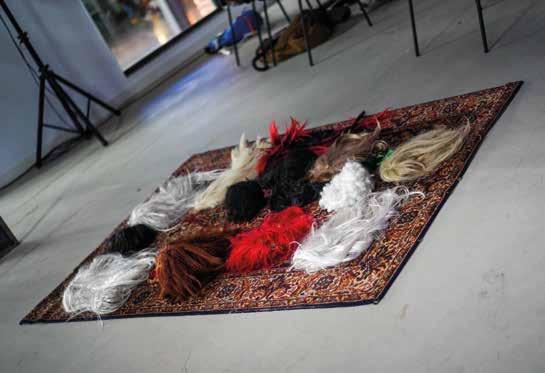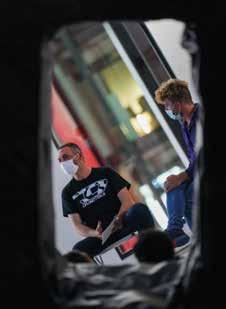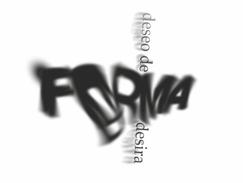
2 minute read
Aimar Arriola. Un deseo de forma. Azkuna zentroa associated researcher
Aimar Arriola
Un deseo de forma
Advertisement
Research project and public programme
The curator Aimar Arriola continues with the project Un deseo de forma as Associate Researcher with Azkuna Zentroa. The project started in the autumn of 2020 in response to the invitation received to develop a line of work that accentuated the presence of queer-cuir perspectives and art within the Center's programme. Arriola has taken the initial invitation to a more limited terrain around questions of plasticity, form and interpretation. In the words of the researcher, “in this research, form and content are not mutually exclusive. Thus, the project participates in the suggestion of José Esteban Muñoz –thinker in the field of queer and performance studies- that 'going to aesthetics does not imply avoiding the field of the social' and, in that sense, in this project, interest in 'rare' forms does not exclude the political commitment of the participating artists."
Dialogue with local and international artists is the main methodology of this research, which is specified in two types of actions. On the one hand, conversations and written contributions (Orriak) periodically published on the Azkuna Zentroa website. On the other hand, ephemeral productions and public actions by said artists (Ekintzak), in formats such as workshops, screenings or public conversations.
Five months after the beginning of Un deseo de forma, this is how the curator describes the next steps: "I will dedicate this next quarter to reflecting on some of the issues that occurred in the course of the exchanges and public actions carried out together with my three first guests: the artists Manu Arregui, Camila Téllez and Pablo Marte. In a similar way to how a bat or a butterfly orients itself in space -two figures that I borrow from Camila and Pablo, respectively- I am beginning to recognize things from what they give me in return, and it is now that my initial research questions are being organized around more defined areas. On the one hand, I want to continue reflecting on the category of 'form', and the way in which notions of desire and rarity help us to rethink dualisms such as curved-straight, surface-depth, or activity-passivity, distinctions that constitute us as bodies and that have political implications. Likewise, I want to continue experimenting with my own research method with which to think and experience things, from a place that is simultaneously discursive, plastic, and open listening."
The public programme linked to Un deseo de forma will resume in the month of November. As a recurring element, it has the scenographic setting of artist Dogartzi Magunagoicoechea.











